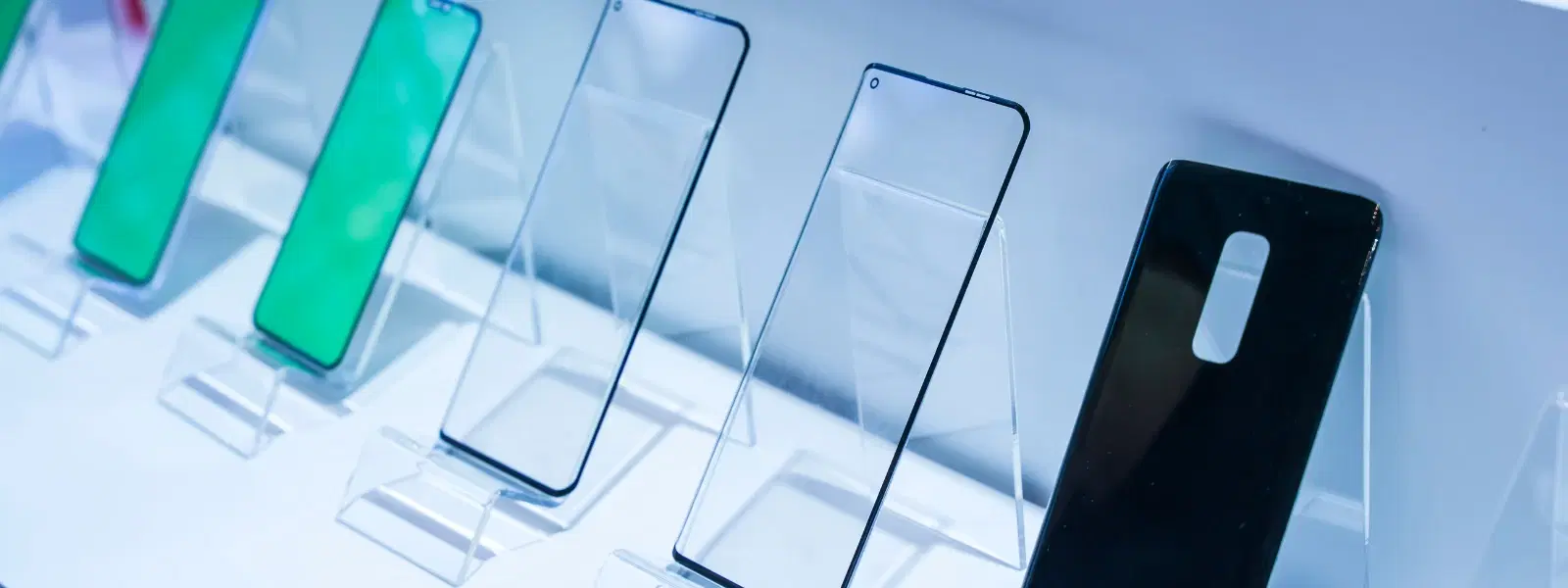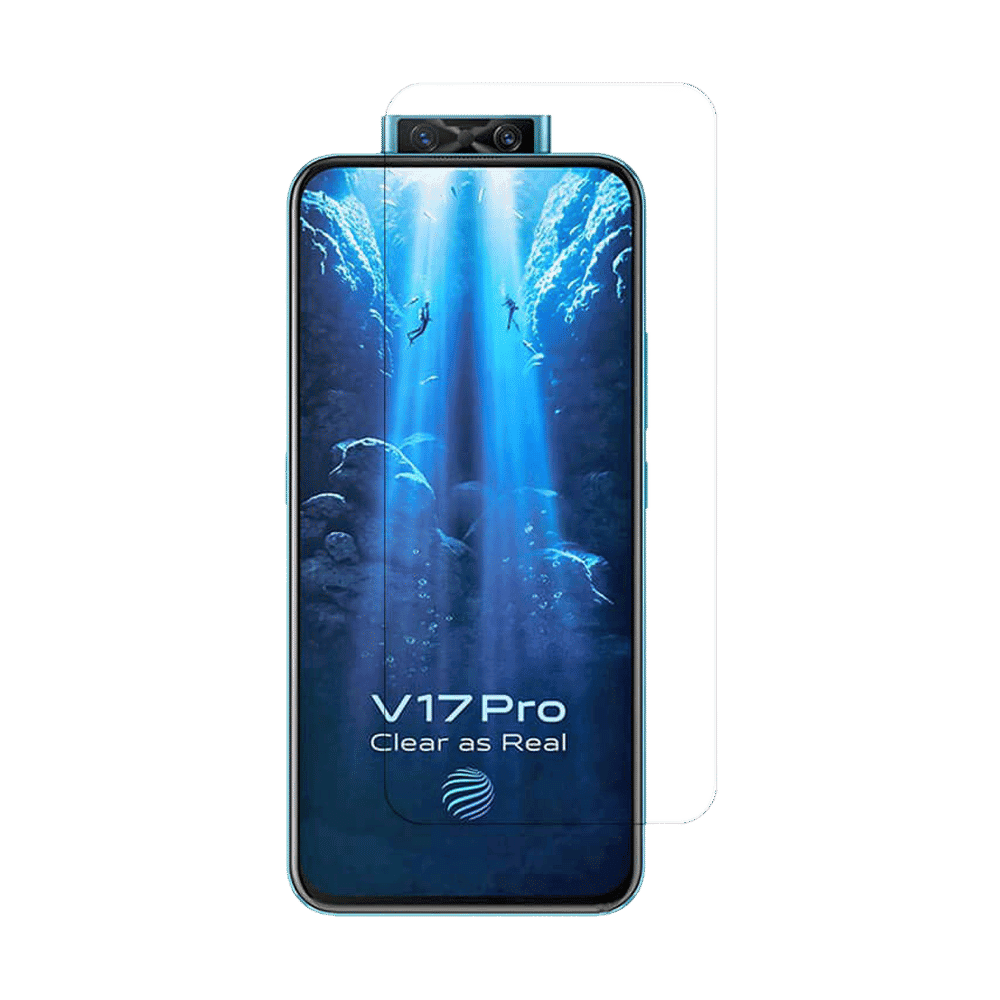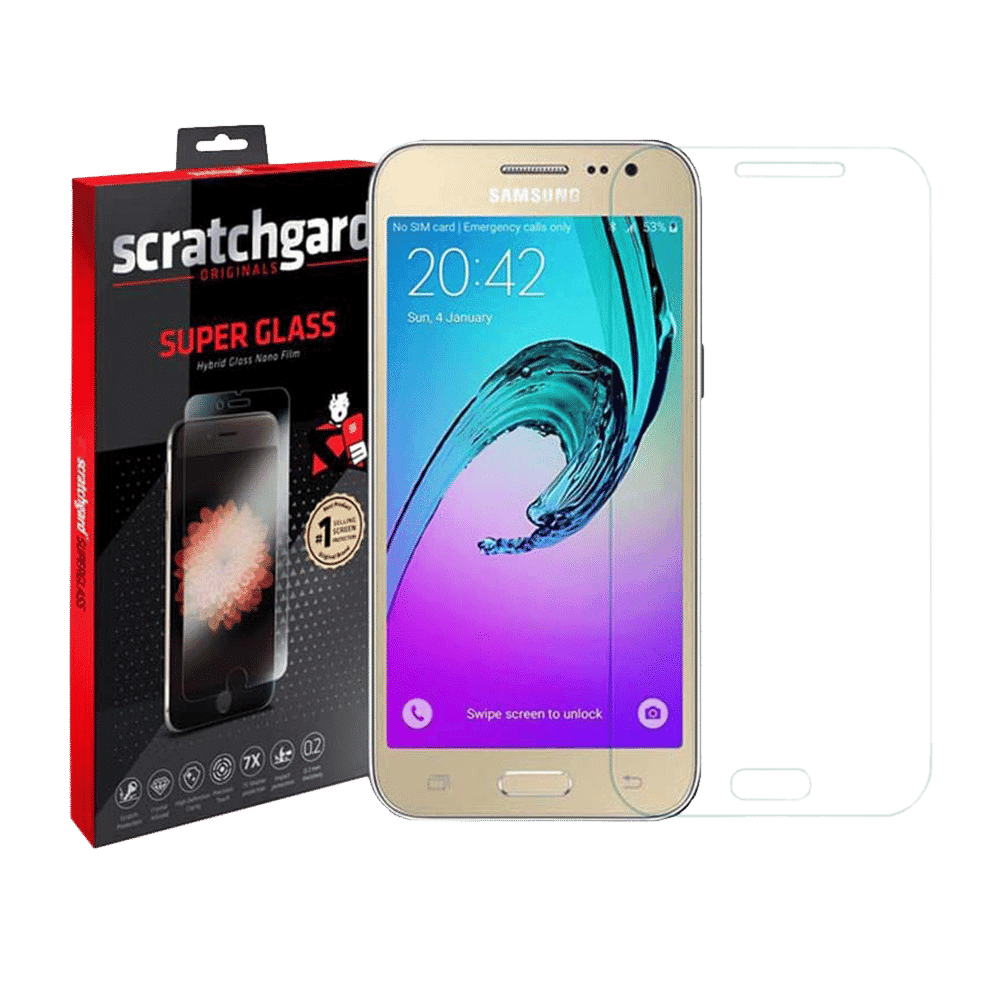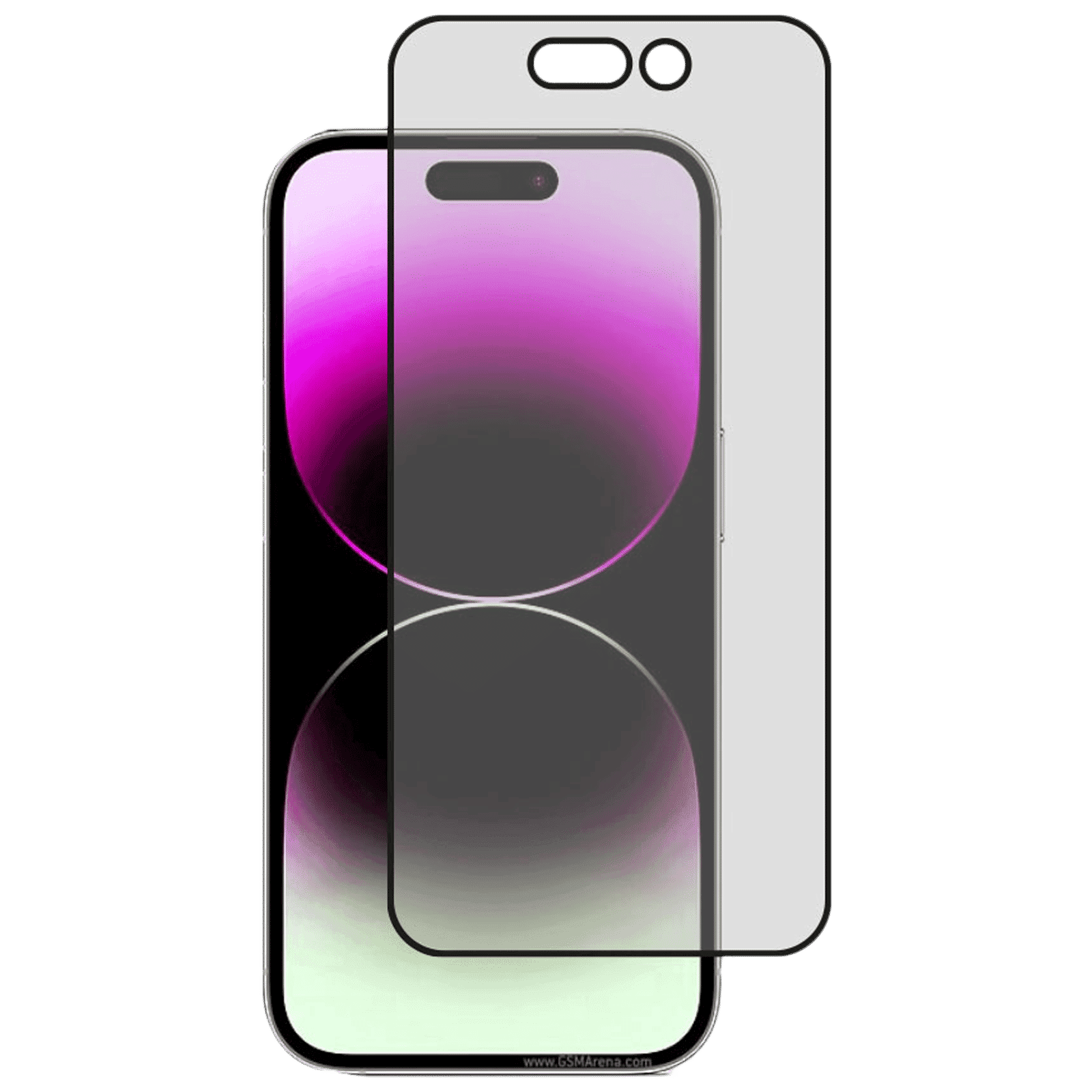
Consumer Electronics
•03 min read

Buy scratchgard Screen Protector for Vivo V17 Pro (Fingerprint Resistant) online at best prices from Croma. Check product details, reviews & more. Shop now!
Ever wondered what makes a screen protector truly effective? Whether it is safeguarding your device from scratches or enhancing visibility, understanding the screen protector specs is essential. In this guide, we answer common FAQs about screen protector features, dimensions, material, compatibility, thickness, durability, hardness rating, transparency, installation, and scratch resistance. By reading this, you will be better equipped to choose the right product for your device, ensuring optimal protection and clarity.
Screen protector specs refer to the detailed attributes of a screen protector. These include its material, thickness, durability, and transparency. Knowing these specs is important because it helps you understand how the protector will shield your device from everyday wear and tear. It also gives insights into how well it maintains screen clarity and touch sensitivity.
Key features of a screen protector include the type of material used, its thickness, durability, hardness rating, and transparency. Each attribute plays a significant role in determining how effective the screen protector will be in your daily life. For instance, the screen protector material can determine not just the level of protection but also the ease of installation and long-term performance.
There are several types of screen protector materials available. Tempered glass is well-known for its excellent screen protector scratch resistance and high hardness rating. PET and TPU are popular for their flexibility and ease of installation. Each material offers different benefits, ensuring that you can choose one that fits your device’s needs and your personal preference.
When selecting a screen protector, look for critical features. Some screen protectors offer UV protection and anti-glare properties, while others come with blue light filtering to reduce eye strain. It is also important to check for specifications related to screen protector scratch resistance, ensuring that your device stays safe even with daily use.

Buy scratchgard Screen Protector for Samsung Galaxy J2 Pro (Fingerprint Resistant) online at best prices from Croma. Check product details, reviews & more. Shop now!
Proper fit is essential in a screen protector. Ensure you know the screen protector dimensions of your device before purchasing. Measuring your device's screen accurately and comparing it with the recommended dimensions can prevent issues such as misalignment or reduced functionality.
The screen protector thickness is a key spec that influences both protection and usability. A thinner protector often offers a more seamless feel, maintaining touch sensitivity, while a slightly thicker option may provide extra durability. Choose a thickness that balances protection with ease of use for your device.
Screen protector compatibility is crucial. Whether you have a smartphone, tablet, or laptop, checking the product specifications helps ensure that the protector fits perfectly. Compatibility also means that features like screen protector scratch resistance and touch responsiveness remain intact after installation.
Durability is one of the most valued screen protector traits. A high hardness rating, such as 9H, indicates the level of scratch resistance and durability you can expect. This rating shows that the protector can handle severe impacts and everyday abrasions, making it a reliable choice for extended use.
Screen protector transparency ensures that the visual clarity of your device is not compromised. High transparency is essential for maintaining vibrant colours and reducing glare. With a clear screen protector, you continue to enjoy the natural display quality of your device without any dulling effects.
Pro Tip: "Choose a screen protector with a 9H hardness rating for maximum scratch resistance. It’s the industry standard for durability and ensures your device stays protected even in tough conditions."

Buy scratchgard primo Tempered Glass for Apple iPhone 14 Pro Max (Precision Touch Sensitivity) online at best prices from Croma. Check product details, reviews & more. Shop now!
The process of installing a screen protector might seem daunting, but following a clear guide can make it simple. Begin by cleaning your device’s screen thoroughly. Align the protector carefully, ensuring it matches the screen protector dimensions perfectly. Gradually apply it starting from one edge to avoid bubbles and misalignment. A precise installation guide ensures that both the screen protector scratch resistance and overall aesthetic of your device are maintained.
Proper maintenance will extend the life of your screen protector. Clean it gently with a soft cloth and a non-abrasive cleaner. Avoid using harsh chemicals that might affect the shield's transparency or attack the screen protector material. Regular upkeep preserves both the protective qualities and the visual clarity of your device.
The '9H' rating refers to the hardness level of a screen protector, indicating it can resist scratches from materials as hard as a 9H pencil.
Check the dimensions of your device's screen and compare them to the specifications provided by the screen protector manufacturer.
High-quality screen protectors are designed to maintain touch sensitivity. Look for ultra-thin options or ones specifically labelled as "touch-sensitive."
Some screen protectors come with blue light filtering technology, which helps reduce eye strain from prolonged screen usage.
Replace your screen protector if it becomes scratched, cracked, or starts peeling off to ensure continued protection.
Understanding screen protector specs is fundamental for making informed choices about your device care. Whether you value material quality, the benefits of a 9H hardness rating, or the optimal balance between thickness and transparency, a well-chosen screen protector enhances both performance and durability. At Tata Neu, shoppers enjoy added benefits like NeuCoins rewards on every purchase, further enhancing the smart, seamless shopping experience. This commitment to quality and service helps you progress in life by transacting on a platform that understands your needs and aspirations.